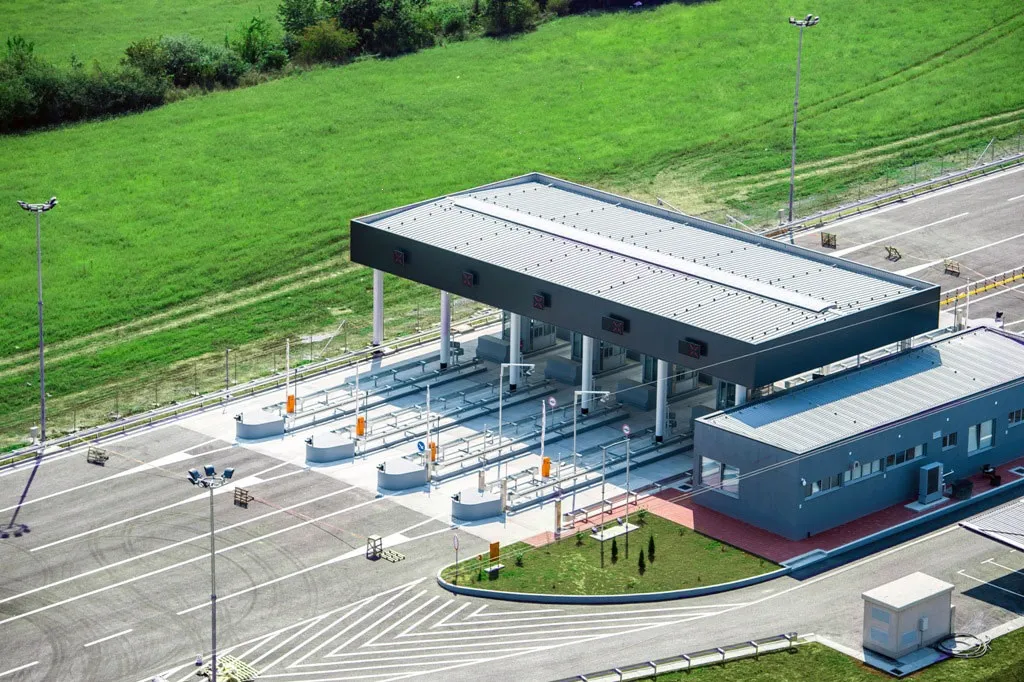Parking equipment manufacturer
At the heart of the new contract is the WPS ParkAdvance system that combines best-in-class mechanical, electronic and software engineering with the highest levels of functionality, versatility and design. It is built around a new IP-based operating system architecture that enables it to simply and directly connect with multiple technologies being deployed in hospitals and their car parks both now and in the future.
The easy to use pay stations feature full colour display screens that are fully configurable from a central control room, and can include audio/video instructions and a two-way video intercom to assist customers where needed.
The technology has comprehensive cash and card handling options and accommodates the latest payment technologies, integrating seamlessly with a wide range of ‘identifiers’ from bar-coded tickets, the hospital’s staffsmart cards and standard user cards through to automatic number plate recognition (ANPR).
ParkAdvance’s IP-based operating system also allows hospitals the option to enable authorised staff to validate tickets in a fully auditable way, directly from ward-based PC’s or bespoke validators. In the case of the St Helens Hospital, it is designed to integrate with an existing Protec proximity card issued to all staff.
Simon Jarvis, managing director of WPS in the UK, says that the ease of systems integration was a key part of winning the contract: “The ability to integrate the control of the St Helens Hospital parking with the future parking needs of the St Helens and Knowsley Teaching Hospitals NHS Trust was a critical factor in the decision making chain,” he said.
Next generation pay-on-foot parking for Lancashire hospital
Parking equipment manufacturer WPS, part of Imtech Traffic & Infra, has installed a new generation of pay-on-foot parking management technology on behalf of Vinci Facilities at St Helens Hospital, Lancashire, to improve the visitor and staff car parking experience and to help create a more sustainable, user-friendly parking regime.
August 13, 2014
Read time: 2 mins
RSS









